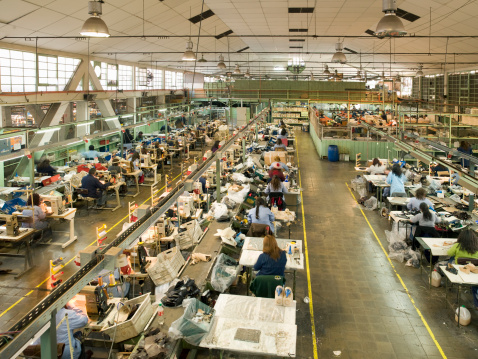Difference between Economies of Scale and Diseconomies of Scale

As the name implies, there is a clear difference between economies of scale and diseconomies of scale but some people are unable to understand that and get confused. Economies of scale is a point in which a business wishes to achieve for ensuring cost reduction in their processes. The basic aim of economies of a scale is to produce as much as you can so the overall cost of the process is at its lowest. On the other hand, diseconomies of scale is the point where an organisation cannot produce more otherwise it would start decreasing the profits of the company and have a severe impact on its processes.
Economies of scale plays a detrimental role in lowering the fixed costs of the processes as the higher number of units produced in a company will ultimately lower the per unit cost. For example, if the fixed cost of a plant is $100,000 but the company only produces 100 units then the per unit cost would be $1000. Nevertheless, if the same company decides to produce 10,000 units, then the cost of each unit will reduce to $100.
In contrast, there is a certain point after which any company is unable to achieve economies of scale. For example, if a firm has reached economies of scale by producing 2000 units and using two trucks, it cannot produce 2,500 items as this would require three trucks to carry these items which would produce diseconomies of scale. Therefore, in order to prevent this point, it is strongly advised that company should not produce more than 2,000 products.
In economies of scale, the cost to the company for every unit it produces lowers while in diseconomies of scale, the per unit costs starts increasing for every additional piece it manufactures.
Instructions
-
1
Economies of Scale:
The concept where a firm tries to reduce the per unit cost by increasing the number of produced items is called economies of scale. Here, an organisation would make more to lower the per unit cost of their processes.

-
2
Diseconomies of Scale:
The point where a firm’s cost would start to increase with every additional unit is called diseconomies of scale. Here, the firm would not increase the number of products to be manufactured as this will result in increased costs.








